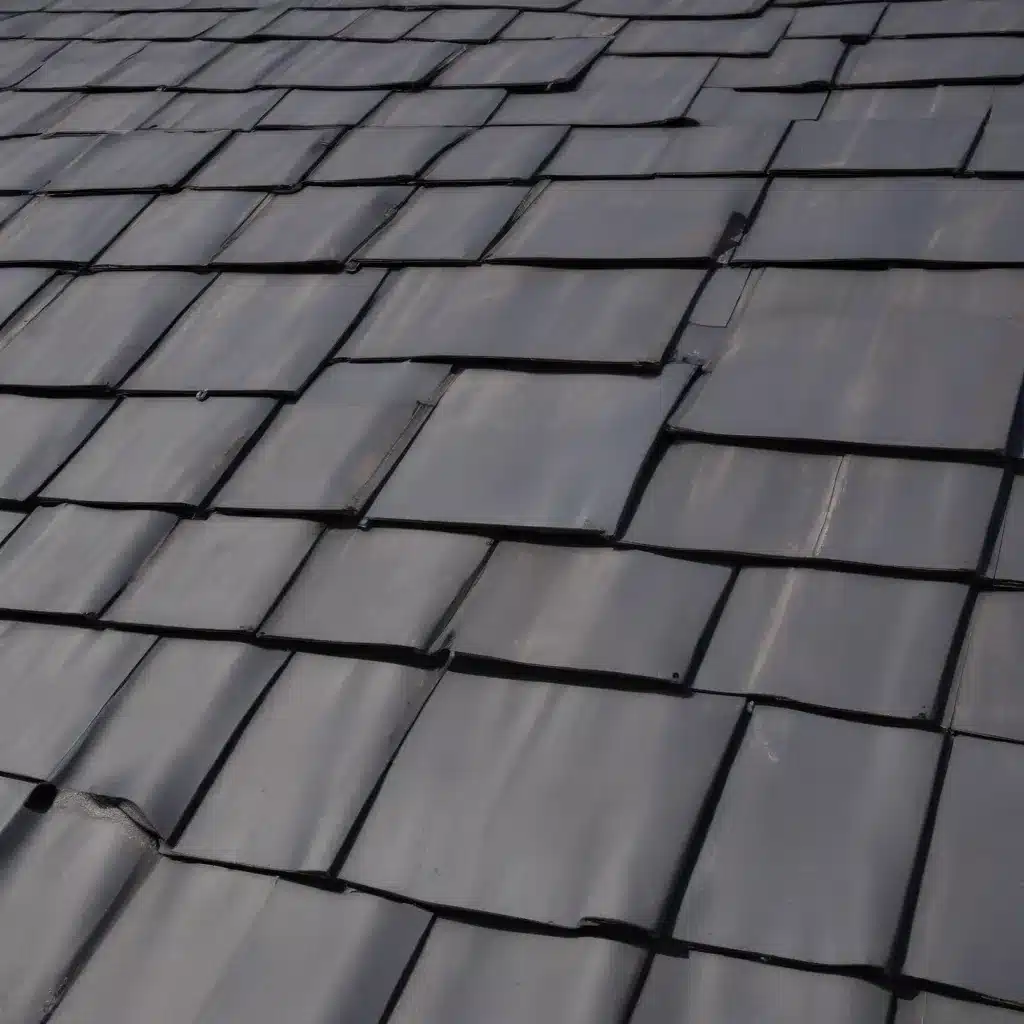
The Benefits of Rubber Roofing
As an experienced roofing contractor, I’ve had the pleasure of working with a wide range of roofing materials over the years. But one that has consistently impressed me is rubber roofing. In my opinion, rubber is a truly remarkable and underappreciated option, offering a unique blend of durability, sustainability, and energy-efficiency that makes it a fantastic choice for both residential and commercial applications.
Let me share a bit about my personal experiences with rubber roofing and why I believe it’s such a compelling option, especially for homeowners and builders looking to reduce their environmental impact.
One of the things I love most about rubber roofing is its incredible longevity. I’ve worked on rubber roofs that have been in place for 40, even 50 years, and they’re still going strong. The material is incredibly resilient, able to withstand the harshest weather conditions – from blistering heat to heavy snow and ice. This long lifespan is a testament to the superior quality and craftsmanship of rubber roofing systems.
But durability is just one part of the story. What really sets rubber roofing apart, in my opinion, is its exceptional eco-friendliness. You see, most rubber roofing is made from recycled materials, often repurposing old tires and other rubber waste products. By giving new life to these discarded materials, rubber roofing helps divert tons of waste from landfills every year. It’s a wonderfully sustainable solution that aligns perfectly with the growing demand for green building practices.
The Environmental Advantages of Rubber Roofing
Beyond its recycled content, rubber roofing also offers other impressive environmental benefits. For example, the manufacturing process tends to be far less energy-intensive than the production of many other roofing materials. And the reflective nature of rubber helps reduce heat absorption, which can translate to significant savings on cooling costs for the homeowner.
Have you ever noticed how a dark-colored roof can radiate heat, making the interior of a building feel stifling, even on a mild day? Well, rubber roofing’s light color helps counteract that effect, keeping the home or building cooler and more comfortable. This, in turn, reduces the need for air conditioning, lowering energy consumption and shrinking the building’s carbon footprint.
And let’s not forget about the impact of roof maintenance and repairs. Traditional roofing materials can require frequent upkeep, with issues like leaks and damaged shingles cropping up regularly. But rubber roofing is remarkably easy to maintain and repair, often only needing a simple patch job to address any problems that arise. This minimizes waste and the need for resource-intensive replacement down the line.
Rubber Roofing’s Versatility and Installation Benefits
One of the things that really impresses me about rubber roofing is its sheer versatility. It can be adapted to work with a wide range of building styles and roof configurations, from flat commercial structures to sloped residential roofs. And the installation process is typically straightforward, often allowing for a quick and efficient project completion.
In fact, I’ve found that rubber roofing can be an excellent choice for homeowners looking to install solar panels. Because the material is so durable and easy to work with, roofers can often attach the solar array using a ballasted mounting system, without the need for any invasive roof penetrations. This helps preserve the integrity of the roof, ensuring its long-term performance and eliminating potential weak points.
The Future of Sustainable Roofing
As the world becomes increasingly conscious of the need for sustainable building practices, I believe rubber roofing is poised to play an even more prominent role in the roofing industry. The material’s environmental credentials, coupled with its impressive durability and ease of maintenance, make it a compelling choice for homeowners, builders, and commercial property owners alike.
In fact, I wouldn’t be surprised to see rubber roofing continue to gain traction in the years ahead, as more and more people seek out eco-friendly roofing solutions that can stand the test of time. And with ongoing advancements in manufacturing techniques and product innovations, I’m excited to see how rubber roofing might evolve and improve even further.
Choosing the Right Roofing Contractor
Of course, as with any roofing project, it’s crucial to work with experienced and reputable contractors who can ensure the proper installation of your rubber roof. Look for roofers who are familiar with the unique characteristics of rubber materials and have a proven track record of successful rubber roofing projects.
At Roofers Midland, we take great pride in our expertise with rubber roofing systems. Our team is committed to delivering exceptional craftsmanship and unparalleled customer service, ensuring that every rubber roofing installation we undertake exceeds our clients’ expectations.
So, if you’re in the market for a new roof and are drawn to the benefits of rubber, I highly encourage you to explore this option further. It may just be the perfect choice for your home or commercial property, offering the perfect balance of durability, sustainability, and energy efficiency.
Conclusion
In conclusion, rubber roofing is a remarkable roofing material that deserves serious consideration from homeowners, builders, and commercial property owners. With its impressive longevity, eco-friendly attributes, and versatile installation capabilities, rubber roofing stands out as a truly compelling choice in today’s roofing landscape.
As an experienced roofing contractor, I can attest to the many advantages of rubber roofing, and I’m excited to see how this innovative material continues to evolve and gain traction in the years ahead. If you’re in the Midland area and are interested in exploring rubber roofing for your next project, I encourage you to reach out to Roofers Midland to learn more about our expertise and how we can help bring your roofing vision to life.

